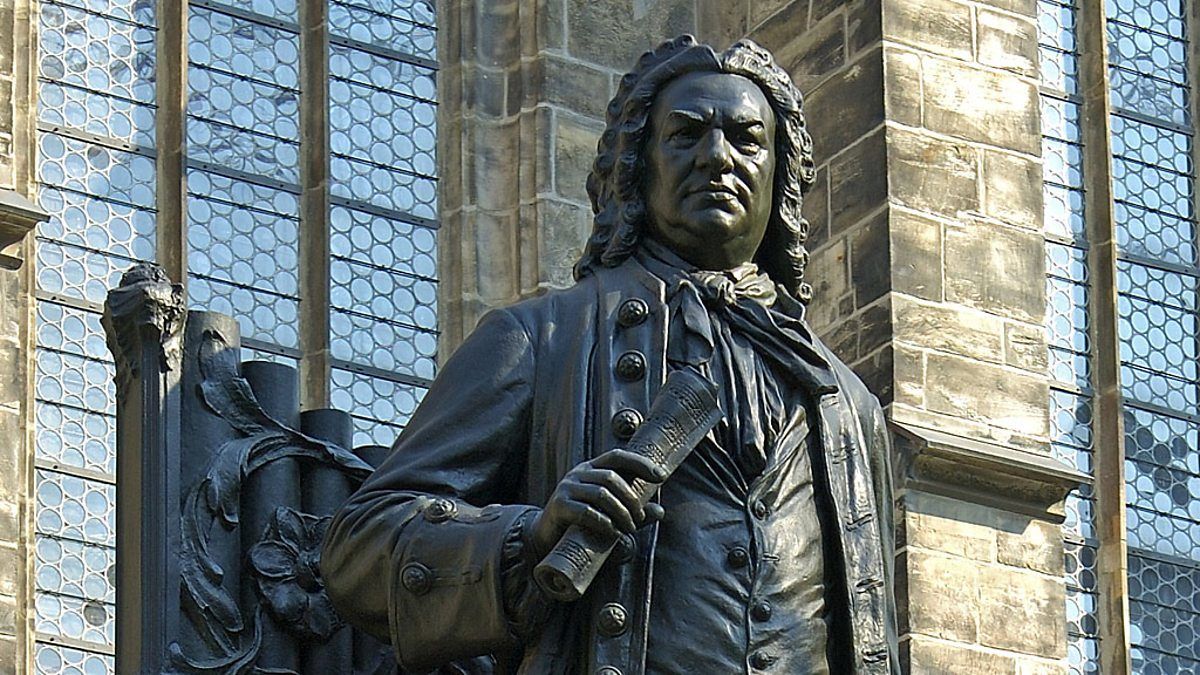This wildly adventurous music likely served as the instrumental introduction to a festive cantata written by J.S. Bach in Leipzig sometime between 1742 and 1746. The cantata is long lost and we’re left with this single, enticing fragment which is known as the Sinfonia in D major, BWV 1045.
This music is startling on many levels. First, it is a virtual violin concerto superimposed on a full orchestra which includes three trumpets, timpani, and two oboes. A triumphant eruption of sound is met by virtuosic violin fireworks. The suspended harmonic motion gives this music an edgy, twentieth century spark not unlike the exhilarating, strident tones of Stravinsky’s Pulcinella. At their website, the Netherlands Bach Society writes,
The continual figurations in the lively violin part lend the music an almost hypnotic character. You could maybe even class it as an early forerunner of minimal music.
Here is their exuberant performance with violinist Shunske Sato at Walloon Church, Amsterdam. (Last month we explored Sato’s new album featuring Bach’s Violin Concertos).
Recordings
- Visit allofbach.com to hear all of the Netherlands Bach Society’s recordings.
- Bach: Sinfonia in D major, BWV 1045, Isabelle Faust, Sämtliche Orchesterwerke Amazon
- Bach: Sinfonia in D major, BWV 1045, Hansjörg Albrecht, Munich Bach Orchestra Amazon


An interpretation with a lot of Temperament, a lot of Swing, a lot of Livelyness, a lot of Enthousiasm, a lot of Technique, a lot of Playing-gladness, but it is all too much, too much, too much, the listening to this interpretation makes me nervous and agitated. But I want to enjoy.
“The cantata is long lost and we’re left with this single, enticing fragment which is known as the Sinfonia in D major, BWV 1045.”
I was rather disappointed to find no explanation about how this is tied to the lost cantata.
Can you append this article with some links at a minimum?
Little seems to be known about the lost cantata and how this fragment miraculously survived. What is known is stated in the Netherlands Bach Society’s link, above and is corroborated a few other places. If there are any musicologists out there who can provide us with more details that would be great!
A fascinating work, splendid performance and at the same time really quite a mystery. I am no musicologist but the odd thing that strikes me about this work is that the opening tutti and the ritornelli do not sound like Bach at all. However, with the entry of the concertante violin we suddenly find ourselves in the middle of Bach’s “soundworld”. In fact the opening tutti seems to be very much in Zelenka’s style – he frequently used the figuration presented by the strings in the first two measures and that rising sequence a few bars later is also a trademark of his. Moreover, Zelenka had a star violinist in his orchestra (Pisendel) who could have easily played this. So I wonder if this work could have been for the Dresden “Virtuosi”, with Zelenka somehow involved in its composition? This is not so far-fetched – Bach and his sons were clearly very interested in Zelenka’s music, the two men knew each other well (CPE Bach confirmed it in an interview later in his life) and several copies of Zelenka works survived in the Bachs’ library.